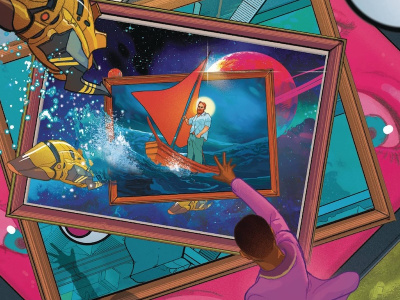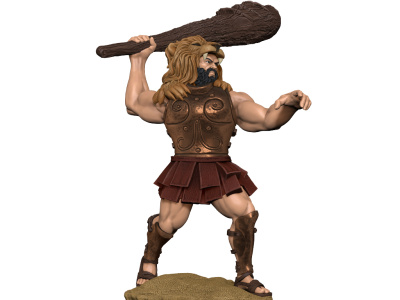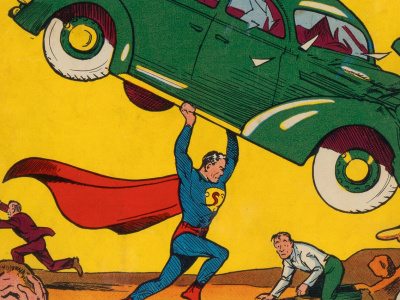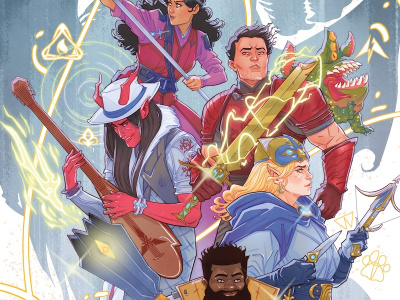
The documentary film, Tintin and I, which examines the life and career of the influential Belgian comic artist Herge, will be broadcast on the Public Broadcasting Service's POV series tonight (Tuesday, July 11th at 10 pm, ET, PT, check local listings, it may well be on a different night in your area). The Tintin and I documentary by Danish filmmaker Anders Ostergaard is based on a rare 14-hour audio interview given by Herge (born Georges Remi) to the young journalist Numa Sadoul in 1971. Portions of the interview were published in an expurgated version in the 1970s, but Ostergaard had access to the complete unexpurgated interview, which he combined with a variety of visual elements including photographs from Herge's personal collection, newsreel footage and the artist's Tintin comics and drawings.
The documentary doesn't shy away from the major controversies engendered by Herge's work, which was attacked first in the 1930s for promoting colonialist stereotypes -- an attack to which Herge responded by spending an immense amount of effort attempting to get the cultural and geographical elements of his later works right. But the biggest crisis in the artist's life was not the result of his works, but of the fact that he kept on working after the Nazis occupied
Ostergaard see's Herge's personal demons as largely the result of outside forces and his unwillingness to confront them with the same kind of bravery and pluck that his creation Tintin always displayed: 'Herge's story, the life of a dreamer whose inner clarity was so much in conflict with the world outside him, was very moving itself. Can't you, especially if you are an artist or other creative type, just remain inside the dream? You can't, not without paying a high price.'
Herge's Tintin graphic novels are available from Little Brown (Last Gasp has Tintin in the Congo, the book that got the author in trouble in the 1930s), and although the popularity of these books in the U.S. has never begun to approach the success they have enjoyed in the rest of the world, retailers who stock these volumes (and in particular the hardcovers that include 3 full length Tintin adventures) report solid if unspectacular sales when surveyed for ICv2's Retailers Guide to Graphic Novels. While it is unlikely that a PBS documentary would spur a huge increase in sales, the highly educated PBS audience is the prime demographic for those Americans who do actually buy these books.







